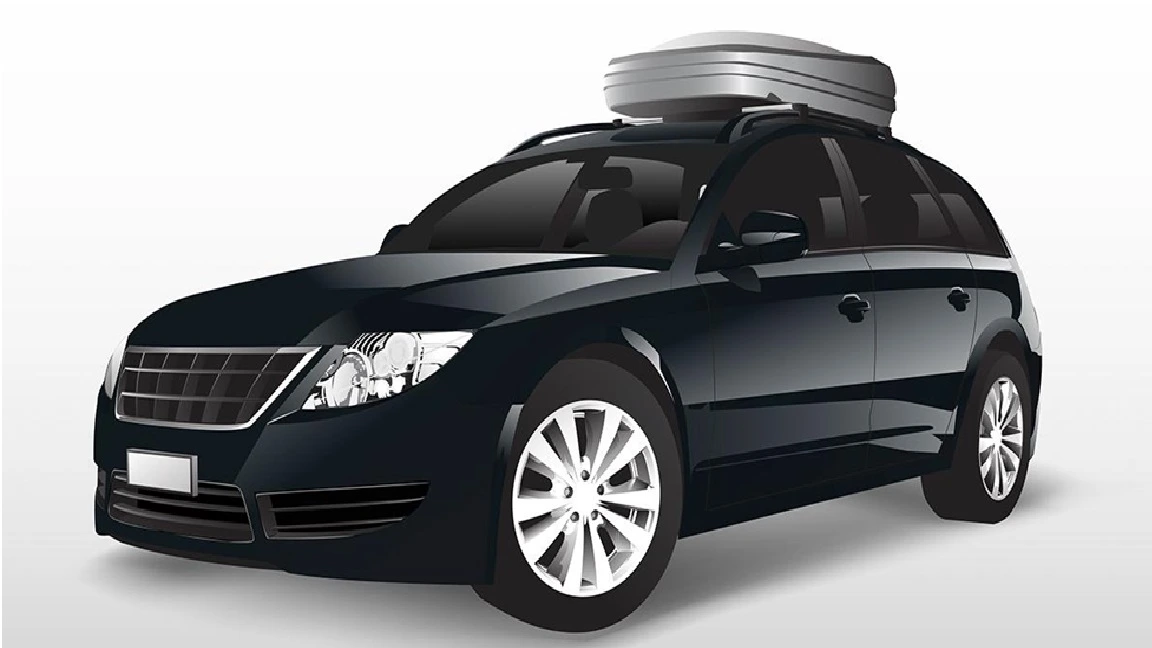Car window tinting has become a popular option for vehicle owners in New Zealand, offering advantages like increased privacy, UV protection, and heat reduction. However, it’s important to understand and follow the legal guidelines to avoid fines and ensure road safety. In this blog, we will discuss the window tinting laws in New Zealand and share useful tips to help you stay within the legal limits.
Understanding New Zealand’s Window Tinting Regulations
- Light Transmission: According to New Zealand law, the front windscreen must allow at least 70% light transmission. For the front side windows (those next to the driver and front passenger), a minimum of 35% light transmission is required.
- Rear Windows: There are no specific regulations regarding the darkness of rear window tints, but it’s recommended to maintain good visibility, particularly at night.
- Reflectivity: Window tints should not be overly reflective, as this could impair the driver’s vision or distract other drivers.
- Tinting Film Quality: The film used for tinting should be high-quality, without damage or discoloration, to ensure clear visibility.
Tips for Staying Within Legal Limits
- Choose Professional Installation: Always opt for professional services when tinting your windows. Experienced technicians are familiar with the legal standards and will ensure your tint meets the requirements.
- Request Legal Tints: When having your windows tinted, make it clear to the provider that you need tints that comply with New Zealand regulations. Reputable services will use films that adhere to legal standards.
- Avoid DIY Tinting Kits: Unless you’re confident in your ability to apply tints correctly, avoid DIY kits. Improper installation can result in darker tints, which could lead to legal penalties.
- Regularly Check Tint Condition: Over time, tints can deteriorate, becoming darker or developing bubbles. It’s important to inspect your tints regularly and replace them if they no longer meet legal standards.
- Stay Informed: Make sure you understand local tinting laws. Knowing the legal limits will help you make better decisions about window tinting for your vehicle.
Being a responsible vehicle owner means adhering to legal regulations to promote road safety and avoid legal issues. By following New Zealand’s window tinting laws and the tips provided in this guide, you can enjoy the benefits of tinted windows while staying within the law. If you’re ever unsure, consult a professional who can help you choose tints that meet both your needs and legal requirements. Safe driving begins with clear visibility—let’s tint responsibly while enjoying the many advantages that window tinting offers in New Zealand.
What is Car Window Tinting?
Car window tinting involves applying a thin film to the glass to reduce the amount of visible light, UV rays, and heat entering the vehicle. This tint can be customized to various levels of darkness or light transmission. However, these levels are regulated by law to balance the benefits of tinting with the need for safe driving conditions.
Understanding VLT (Visible Light Transmission)
The primary measure for car window tinting regulations is VLT or Visible Light Transmission. VLT refers to the percentage of light that can pass through both the window and the applied tint film. A lower VLT percentage means a darker tint, while a higher VLT percentage allows more light to pass through.
In New Zealand, the allowed VLT levels for different parts of the vehicle are strictly regulated. These regulations are enforced to ensure that drivers maintain adequate visibility, especially at night or in low-light conditions.
Legal Tint Levels for Car Windows in New Zealand
- Front Side Windows:
-
-
- The windows on either side of the driver must allow at least 35% VLT. This means that at least 35% of visible light must pass through the tinted window. A darker tint may impair the driver’s ability to see, which is why the law sets this limit.
-
- Rear Side Windows:
-
-
- For rear-side windows, the regulations are more relaxed. These windows can be tinted to any level of darkness, including as low as 0% VLT (completely opaque). This flexibility allows for greater privacy for passengers and personal belongings.
-
- Rear Windscreen:
-
-
- Similar to rear side windows, the rear windscreen (back window) can also have any level of tint, allowing for complete customization of privacy and heat protection.
-
- Front Windscreen:
-
- The front windscreen is subject to the most stringent regulations for safety reasons. In New Zealand, you cannot apply any tint to the front windscreen, except for a narrow sun strip at the top (usually about 10% of the windscreen’s height). This strip helps reduce glare from the sun without obstructing the driver’s view.
Safety Requirements and Considerations
While it may be tempting to opt for a darker tint for enhanced privacy or style, safety is the primary concern when it comes to car window tinting laws. Excessively dark windows can reduce the driver’s visibility, especially at night or during adverse weather conditions. In New Zealand, ensuring that the VLT on your windows meets legal standards is critical to preventing accidents and maintaining safe driving conditions.
Warrant of Fitness (WoF) and Compliance
A vehicle’s Warrant of Fitness (WoF) inspection includes a check on the legality of window tints. If your tint does not comply with the VLT requirements, your vehicle may fail its WoF inspection, making it illegal to drive until the tint is adjusted. If your vehicle’s tint is too dark, it could result in fines or being required to remove or replace the tint to meet legal standards.
Exemptions and Special Cases
In some cases, certain individuals may be granted exemptions to the VLT rules for medical or safety reasons. For instance, those with medical conditions that require additional protection from UV rays may apply for special permission to have a lower VLT percentage on their windows. However, these exemptions are considered on a case-by-case basis and require proper documentation.
Benefits of Legal Car Window Tinting
Sticking to legal tint levels still provides numerous benefits without risking fines or safety issues:
- UV Protection: Even with a 35% VLT on front side windows, you can block a significant portion of harmful UV rays, protecting both passengers and your car’s interior.
- Heat Reduction: Properly applied legal tints can help reduce the heat entering the vehicle, making it more comfortable during hot summer days.
- Glare Reduction: Legal tints help reduce glare from the sun and other vehicles’ headlights, making driving safer.
- Enhanced Privacy: The flexible tinting rules for rear windows allow for maximum privacy without compromising safety.
Choosing a Professional Tinting Service
To ensure that your car window tinting complies with New Zealand laws, it’s essential to choose a professional tinting service. Reputable tinting companies use high-quality films that meet VLT standards and provide warranties for their work. A professional installation ensures not only the best results in terms of appearance and performance but also guarantees that your vehicle will pass WoF inspections.



Leave a Reply